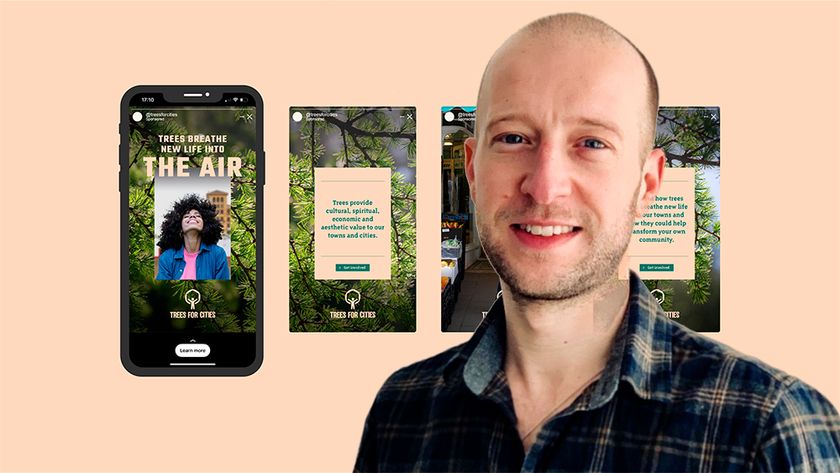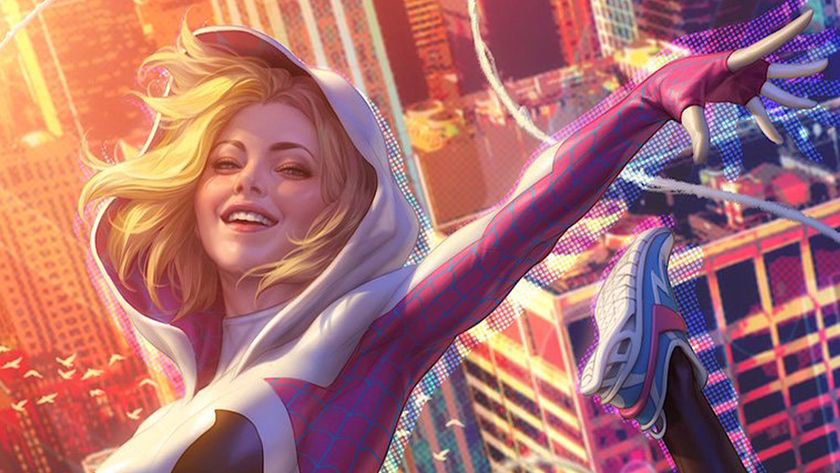5 legal terms every designer needs to know
We lift the lid on copyright law and reveal five terms you need to know.

Whether your thing is graphic design, web design or 3D art , you need to protect yourself. To prevent your work from triggering legal action, artists of all types (and freelancers in particular) need to get their heads around some pretty tricky legal jargon. This can feel overwhelming, so we've broken it down into the five key terms every artist should look out for.
01. Innocent infringement
Innocent Infringement is when someone copying your work can claim they did not know they were infringing. This means they had no idea that the work was copyrighted, or had no means of contacting the owner of the work (An orphan work, in legalese). You can try to avoid this by adding 'Copyright © [year of first publication of the work] [copyright owner’s name]. All rights reserved.' to your print or render.
02. Derivative work
A derivative work is work based on an existing model. If you, for example, create a gun, and then modify it to look like some lumpy mess made by David Cronenberg, that’s a derivative work. If the model is not yours but you have permission or a license, only your own changes will be protected by copyright.
03. Transformative work
A transformative work is something which takes an existing work, and adds value to it by giving it a new shape, purpose, or meaning. If we changed the derivative gun from the example above even more, cut the barrel in two, and put little hooks in it, it would be repurposed into key or jewellery storage, and given new meaning (irony).
04. Fair use
Fair use is an exception to copyright law. It allows unauthorised use of copyrighted works for purposes of reporting, commenting on, educating about, or even parodying. One typically goes about using unauthorised work under fair use, by using an excerpt of a work, and giving proper credit while not harming the commercial value of the original work.
05. DMCA
The Digital Millennium Copyright Act (DMCA) is an American set of copyright laws freshly created to deal with digital material. Many countries have similar laws. Broadly, the aim of DMCA is to protect the rights of both copyright owners and consumers. When someone sees their copyright infringed online, it gives web hosts and internet service providers a safe harbour from copyright infringement claims, if they implement certain notice or takedown procedures of the infringing item.
Read more:
Get the Creative Bloq Newsletter
Daily design news, reviews, how-tos and more, as picked by the editors.

Thank you for reading 5 articles this month* Join now for unlimited access
Enjoy your first month for just £1 / $1 / €1
*Read 5 free articles per month without a subscription

Join now for unlimited access
Try first month for just £1 / $1 / €1
Cirstyn is a freelance CG artist and educator, with over 15 years' experience in 3D. Her clients include AMD and Daz, and she has written for 3D World magazine for a number of years. She is a certified agile (software) project manager, an avid reader and gamer.












